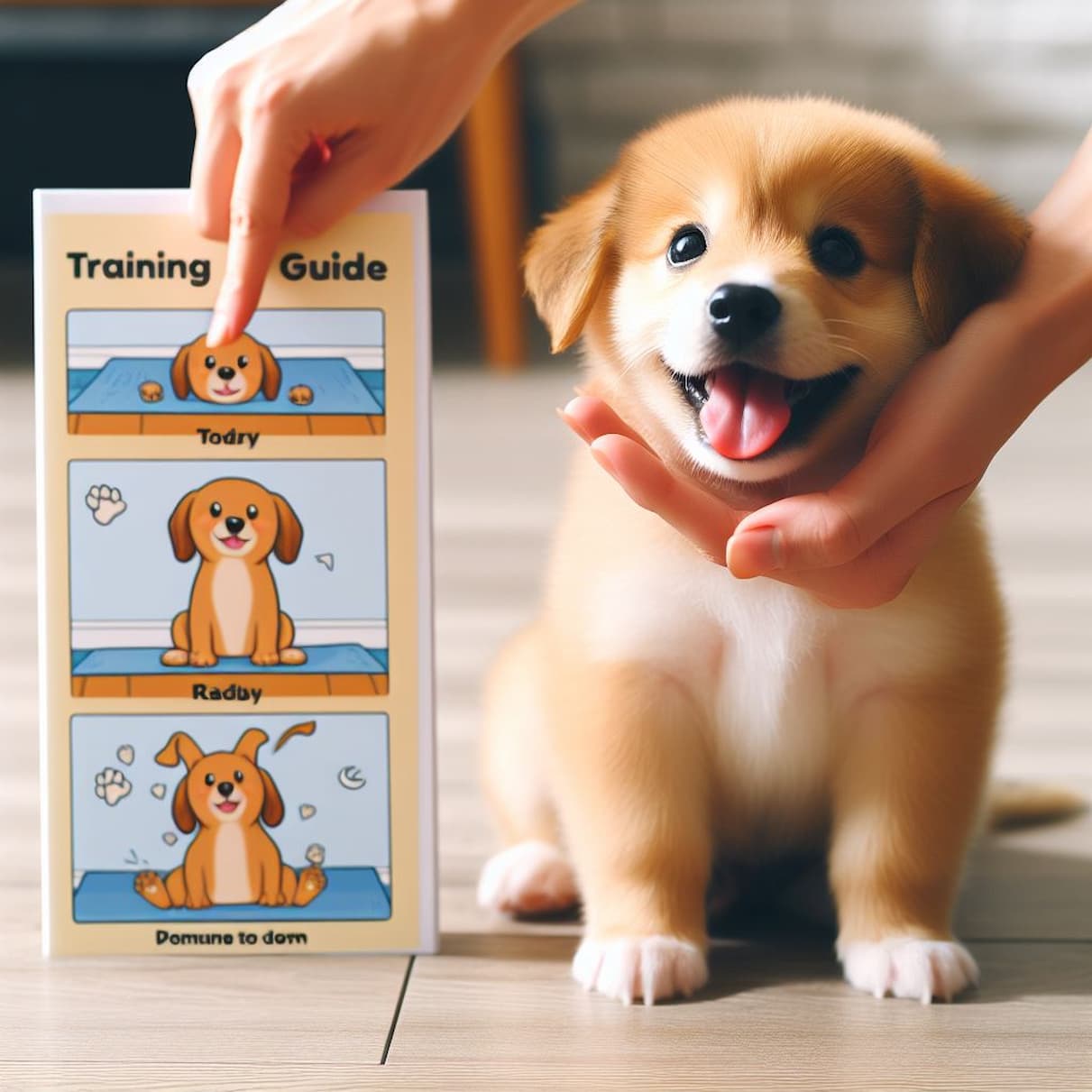Cesar Millan, known as the “Dog Whisperer,” emphasizes a balanced approach to dog training, including crate training. His methods focus on establishing clear leadership and providing dogs with structure and boundaries. While Cesar Millan does not have a specific crate training schedule, his principles can be applied to crate training in a structured and consistent manner.
Key Takeaways:
- Leadership: Establish yourself as the pack leader and set clear rules and boundaries for your dog.
- Consistency: Maintain a consistent routine and approach to crate training to avoid confusion.
- Exercise and Discipline: Provide ample exercise and mental stimulation, followed by discipline and structure.
- Positive Reinforcement: Use positive reinforcement techniques to encourage desired behaviors and crate acceptance.
Sample Crate Training Schedule Inspired by Cesar Millan:
Morning:
7:00 AM: Wake-Up and Exercise
- Start the day with a brisk walk or jog to provide physical exercise and mental stimulation for your dog.
- Use this opportunity to reinforce your leadership and establish a calm, assertive energy.
8:00 AM: Breakfast and Crate Introduction
- Provide breakfast for your dog and introduce them to the crate in a calm and positive manner.
- Use treats or toys to create positive associations with the crate.
Midday:
11:00 AM: Mid-Morning Activity
- Engage in a training session or interactive play to keep your dog mentally and physically stimulated.
- Incorporate obedience exercises and commands to reinforce discipline and respect.
12:00 PM: Crate Time
- Encourage your dog to spend some time in the crate while you attend to other tasks or errands.
- Start with short intervals and gradually increase the duration as your dog becomes more comfortable.
Afternoon:
2:00 PM: Afternoon Walk or Activity
- Take your dog for another walk or engage in a stimulating activity to prevent boredom and excess energy.
- Focus on maintaining a calm and assertive energy during outdoor activities.
3:00 PM: Crate Time
- Continue crate training with another session in the afternoon.
- Use positive reinforcement and rewards to encourage your dog to enter and stay in the crate willingly.
Evening:
6:00 PM: Dinner and Relaxation
- Provide dinner for your dog and allow them to relax and unwind in the evening.
- Use this time to reinforce calm behavior and establish a peaceful environment.
7:00 PM: Evening Walk and Bathroom Break
- Take your dog for a final walk and bathroom break before bedtime.
- Encourage elimination and provide opportunities for mental and physical relaxation.
8:00 PM: Bedtime Routine
- Prepare your dog for bedtime by creating a calm and comfortable sleeping environment.
- Place them in the crate with a favorite blanket or toy, using positive reinforcement to promote relaxation.
Night:
10:00 PM: Final Bathroom Break
- Take your dog outside for a final bathroom break before settling in for the night.
- Keep nighttime interactions calm and quiet to promote restful sleep.
10:30 PM: Bedtime
- Dim the lights and establish a quiet atmosphere to signal bedtime.
- Place your dog in the crate and provide reassurance if needed, maintaining a calm and assertive presence.
Tips for Success:
- Consistency: Stick to the schedule and maintain a consistent approach to crate training.
- Patience and Persistence: Crate training takes time, so be patient and persistent in your efforts.
- Positive Reinforcement: Use praise, treats, and rewards to encourage desired behaviors and crate acceptance.
- Leadership: Establish yourself as the pack leader and provide structure and boundaries for your dog.
- Safety and Comfort: Ensure the crate is safe and comfortable, with appropriate bedding and ventilation for your dog’s well-being.
While Cesar Millan’s approach to crate training may vary based on individual dogs and situations, incorporating his principles of leadership, consistency, and positive reinforcement can help create a structured and effective crate training schedule for your dog.















